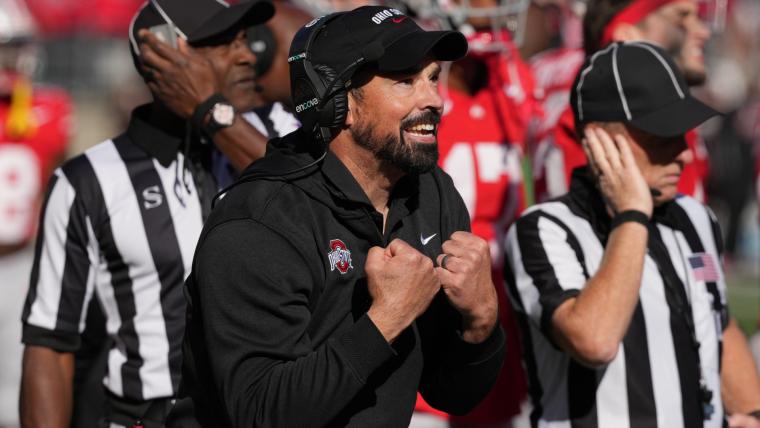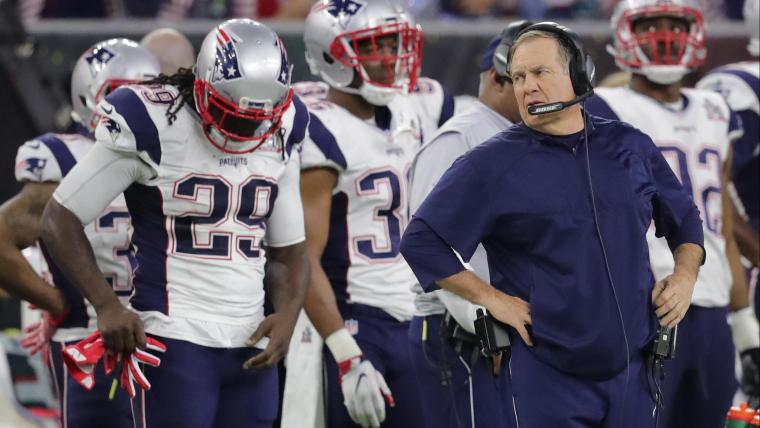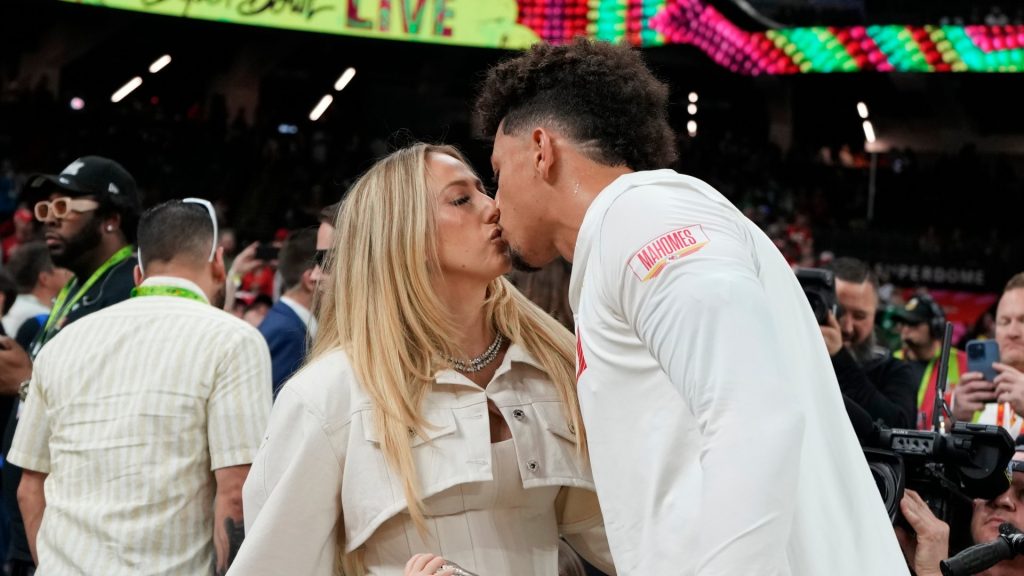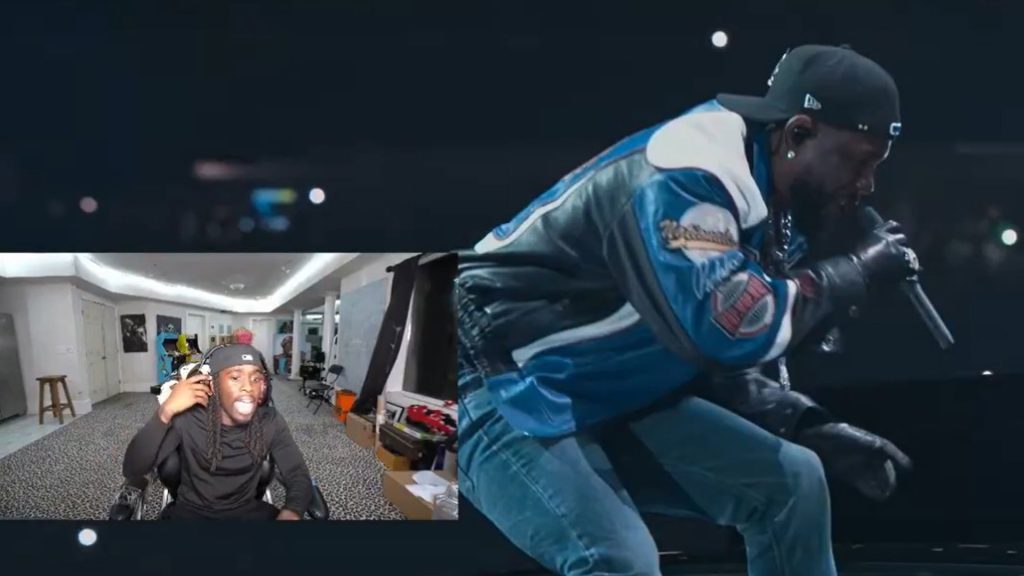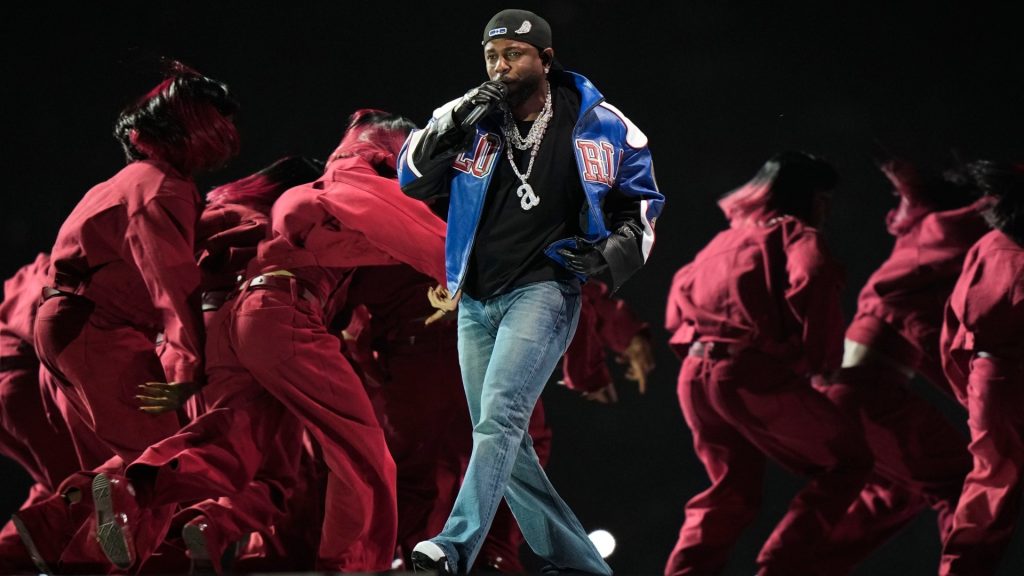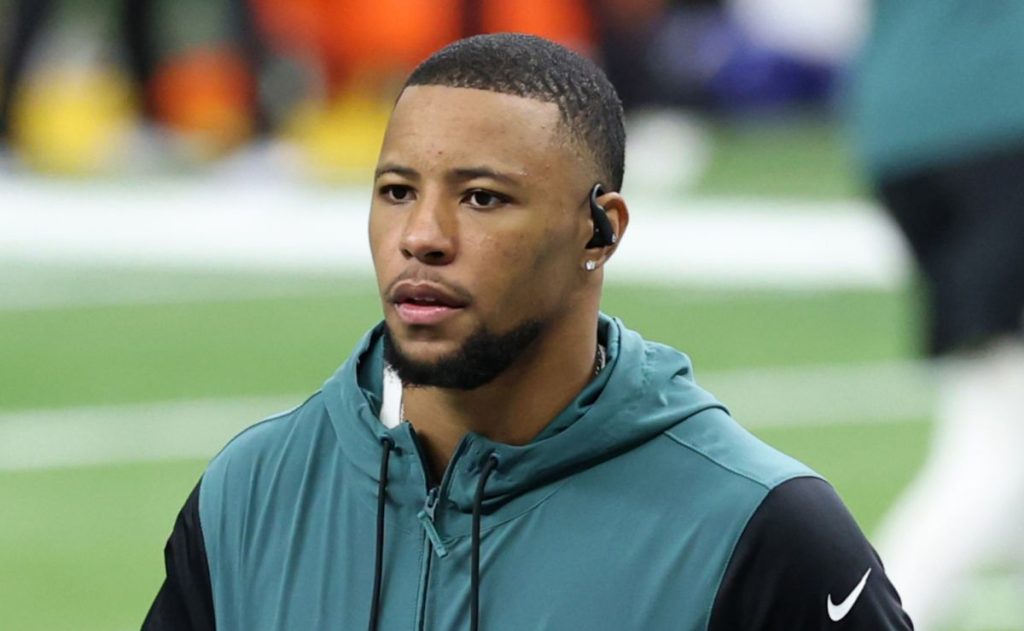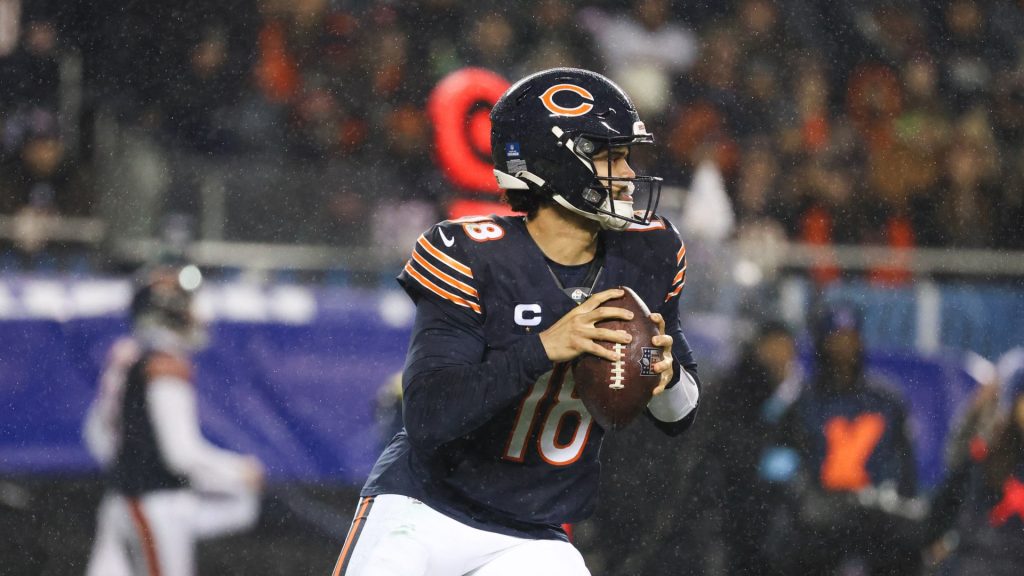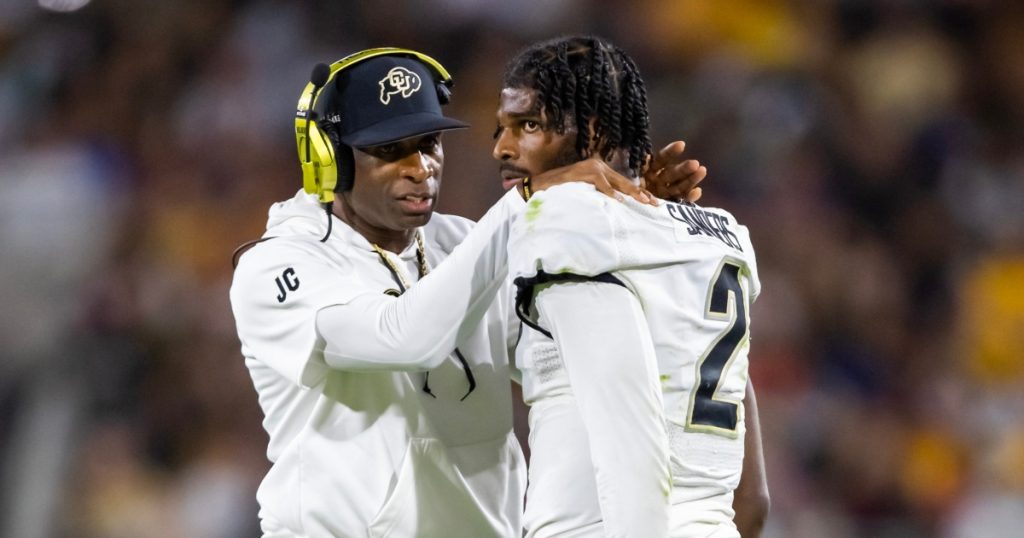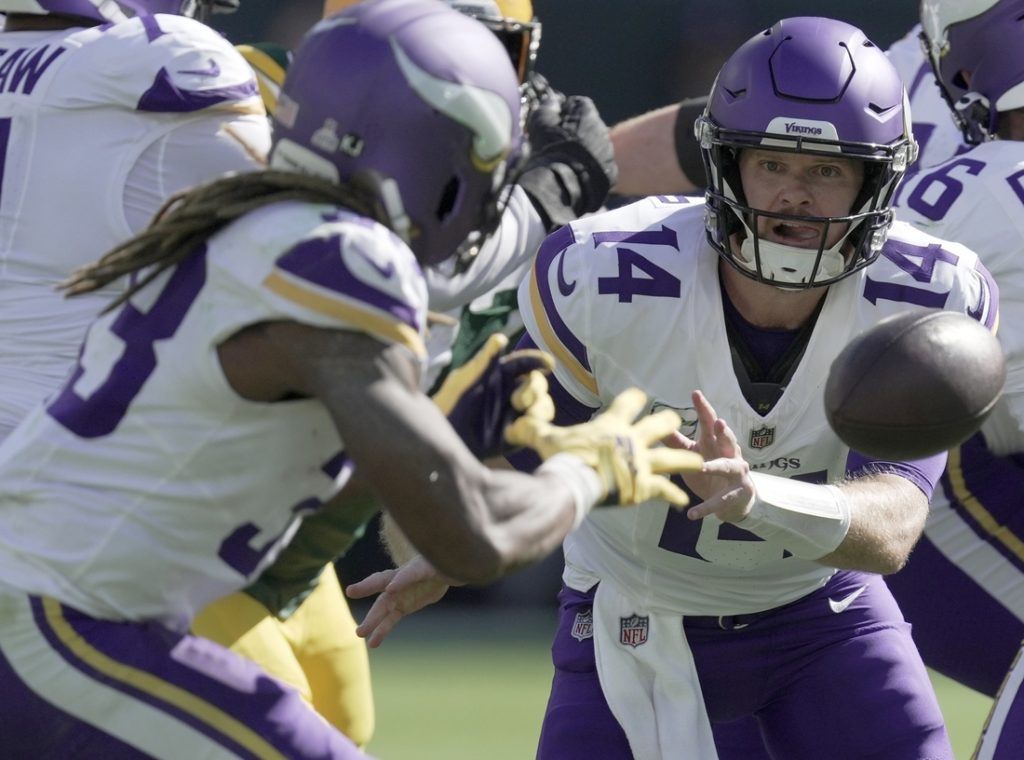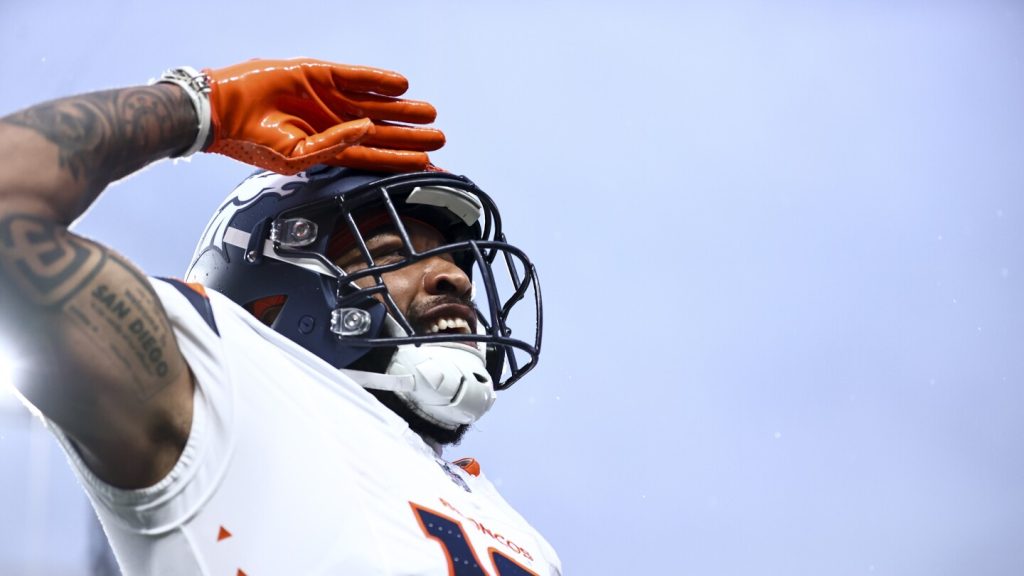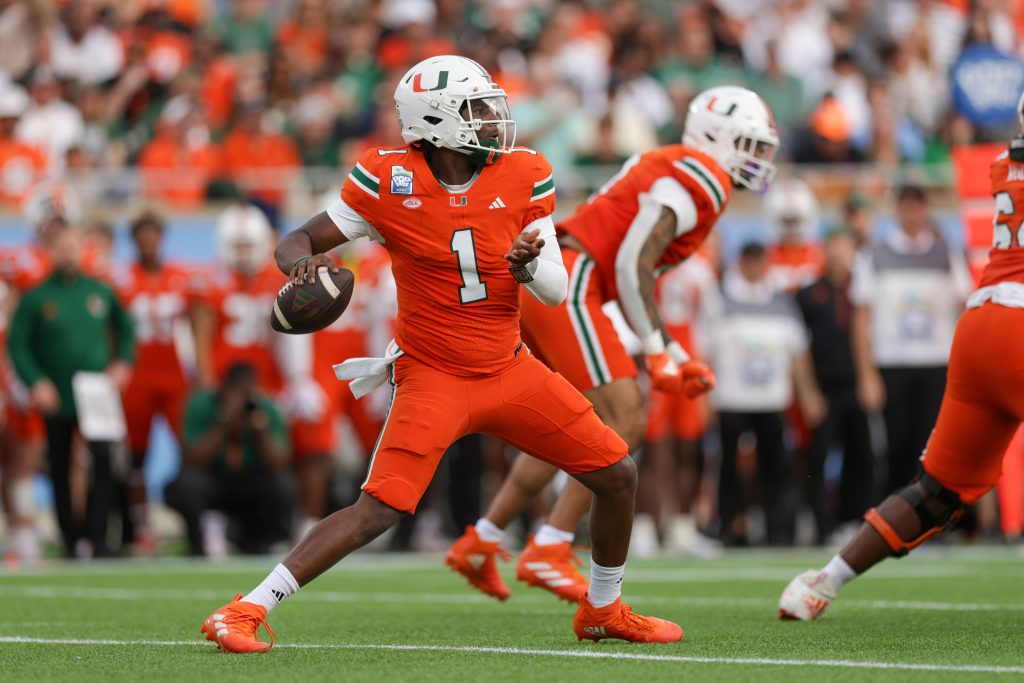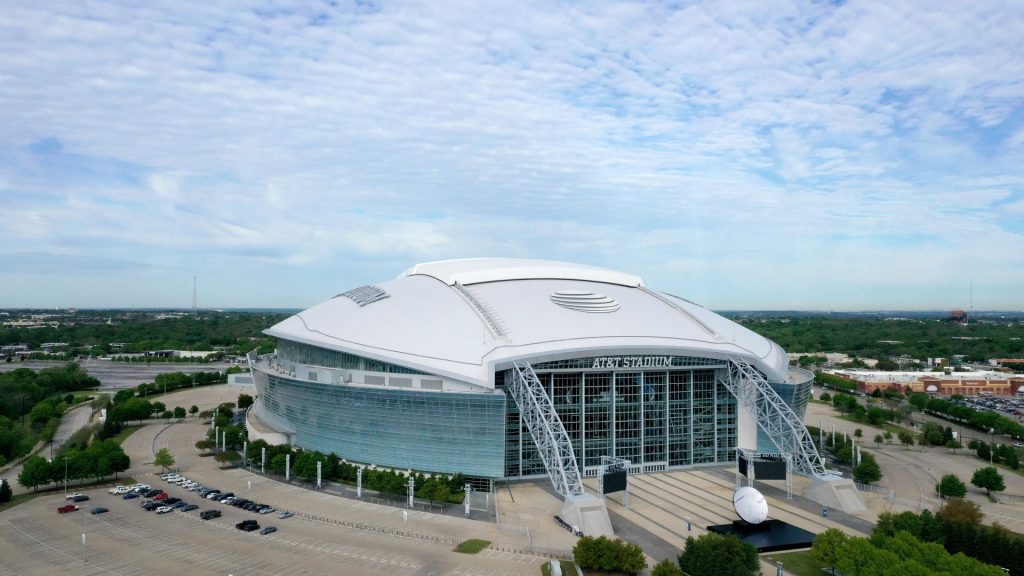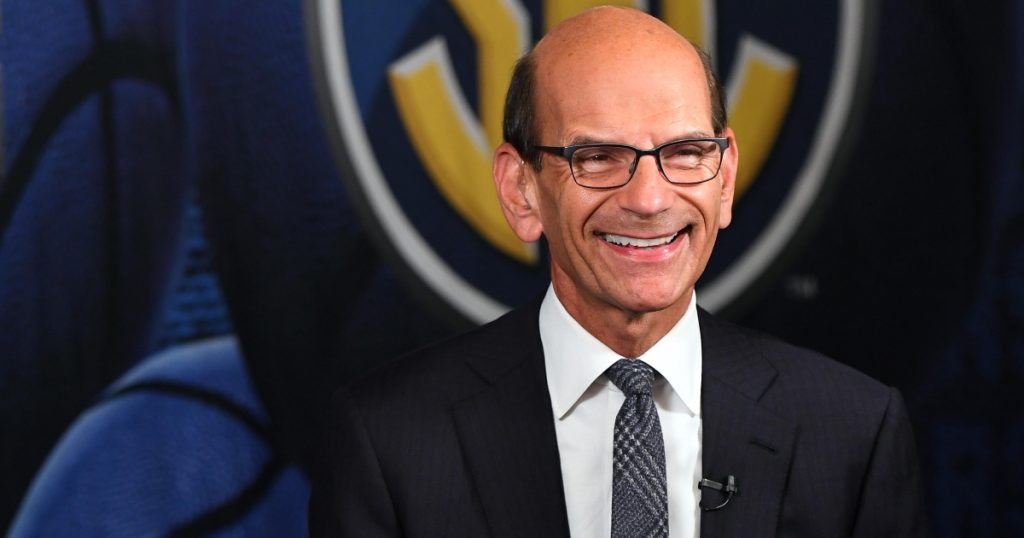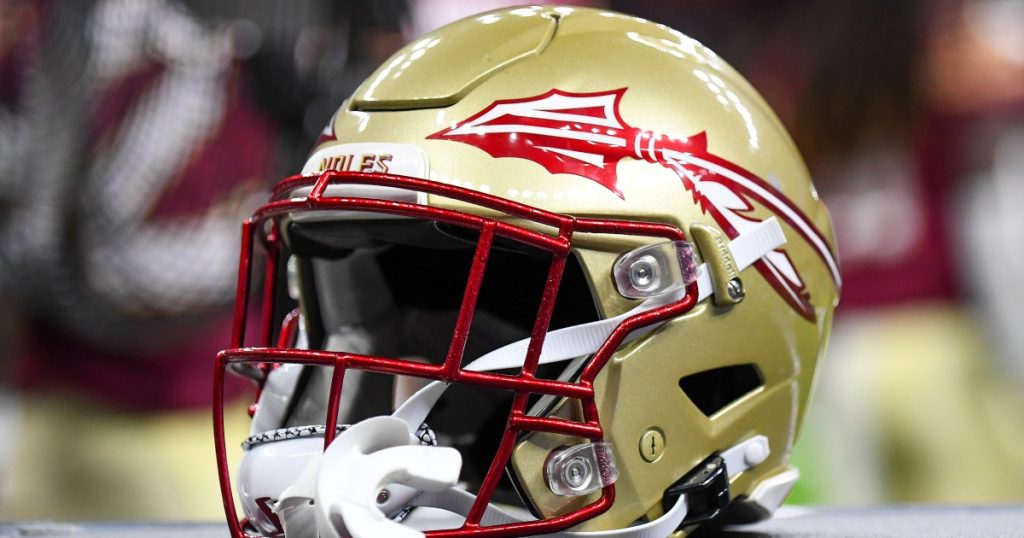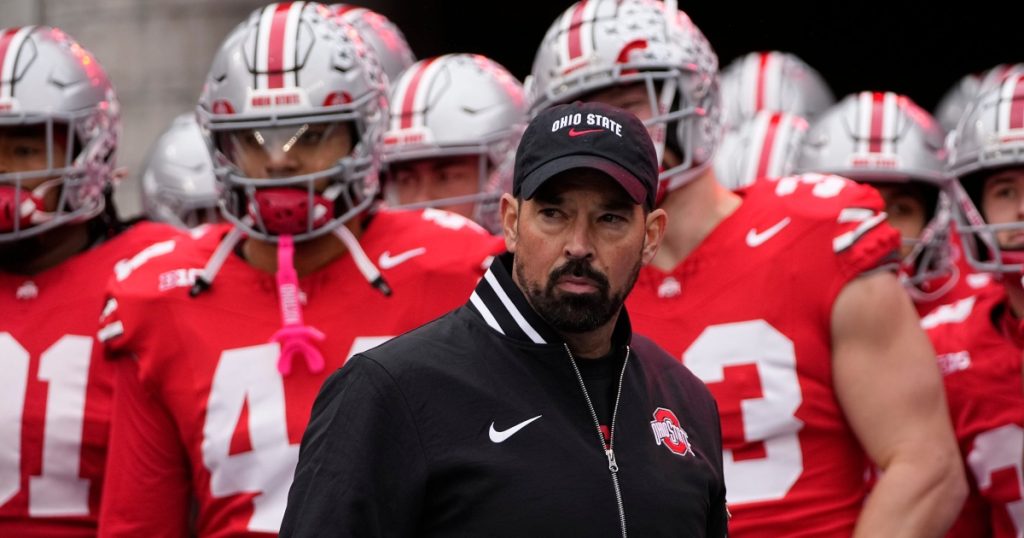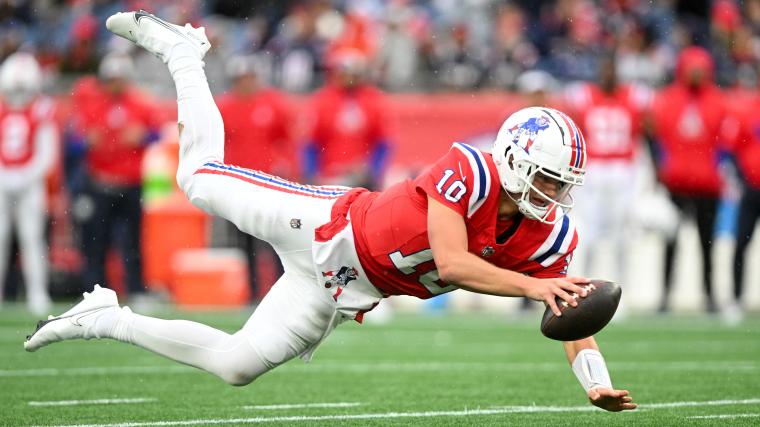High-profile robberies that have left NFL superstars like Patrick Mahomes and Travis Kelce in shock are increasingly being executed by skilled overseas gangs. These criminals utilize advanced technological trickery to infiltrate the luxurious homes of athletes, according to law enforcement expert Jeff Wenninger.
Last October, the Kansas City duo was rocked when thieves broke into their lavish residences, making off with a trove of Super Bowl memorabilia and expensive jewelry. Mahomes and Kelce were victims of burglaries on consecutive days, highlighting a troubling trend that has put many athletes on high alert.
The NFL has responded by issuing an alert to team security directors and the player’s union, warning them about the growing threat of organized crime targeting professional athletes’ homes. This warning comes in the wake of several burglaries involving high-profile players, including Cincinnati Bengals quarterback Joe Burrow, whose home was also broken into while he played a Monday night game in Dallas.
Understanding the Criminal Tactics
Wenninger, a former LAPD lieutenant with extensive experience in law enforcement, has spent decades studying sophisticated crime groups. He emphasizes that these gangs often come from Central and South America, taking advantage of 90-day visas to enter the United States with minimal scrutiny. Colombian and Chilean gangs, in particular, have been noted for their effectiveness, often using signal jammers to bypass security systems in high-end homes.
“Many burglary victims report receiving notifications from their alarm systems while they’re away,” Wenninger explained. “However, these groups often test their jamming equipment beforehand, making it easier for them to strike when the time is right.” This means that even the best security systems can be vulnerable if not properly monitored and maintained.
The methodical approach of these gangs is alarming. They often disguise themselves as construction workers, gardeners, or even joggers, allowing them to survey potential targets without raising suspicion. Once they identify a suitable home, they act quickly, aiming to be in and out within 10 to 15 minutes.
Impact on the NFL Community
The impact of these burglaries extends beyond just the financial loss. The emotional toll on athletes like Mahomes and Kelce is significant. Kelce expressed his heartbreak after cherished jerseys and items were stolen just hours after Mahomes’s home was ransacked. The Bengals’ Burrow was similarly shaken, although he was grateful that local authorities managed to recover several stolen items.
The NFL stars are not alone in facing this threat. NHL and NBA players have also been targeted, prompting sporting authorities to issue unprecedented warnings to all athletes. Dallas Mavericks star Luka Dončić had $30,000 worth of jewelry stolen, while other NBA players like Bobby Portis and Mike Conley experienced similar fates while on the road.
Recommendations for Enhanced Security
To combat this growing threat, Wenninger advises athletes to take proactive measures to secure their homes. Recommendations include installing high-tech surveillance systems, using deadbolt locks, and even hiring trusted house sitters when away. “At the very least, they could provide education on security best practices,” Wenninger insists, urging league officials to take a more active role in protecting their talent.
In addition to physical security measures, athletes are encouraged to be cautious with their social media posts. Flaunting luxury items online can make homes easy targets for criminals. “Anonymity on social media is absolutely key,” Wenninger noted. “Posting about travel makes homes vulnerable.”
Serious Measures Against Organized Crime
The NFL Players Association and team security forces are closely monitoring these crimes, which are believed to be tied to a South American crime syndicate. The FBI is currently investigating the burglaries as part of an international organized crime ring. It is suspected that the thieves often strike on game days when players are away, quickly stealing cash, jewelry, and other valuables.
Wenninger points out that the current immigration landscape in the U.S. plays a role in this issue. Some criminals have been released from prisons in their home countries with the understanding that they would leave for the U.S., where they can continue their illicit activities without fear of immediate repercussions.
While the NFL has taken steps to alert players and teams about these threats, the responsibility also lies with the athletes themselves. Basic security measures such as solid doors with bolt locks, shatterproof glass, and proper outdoor lighting can significantly deter criminals. Additionally, maintaining a good relationship with neighbors can enhance community vigilance, making it harder for thieves to operate unnoticed.
Conclusion
The alarming rise in burglaries targeting NFL players underscores the need for heightened awareness and security measures. As these athletes continue to achieve great success and accumulate wealth, they must also take proactive steps to protect their homes and families from the growing threat of organized crime. By implementing robust security systems and being mindful of their online presence, they can help safeguard their valuable possessions and maintain their peace of mind.







